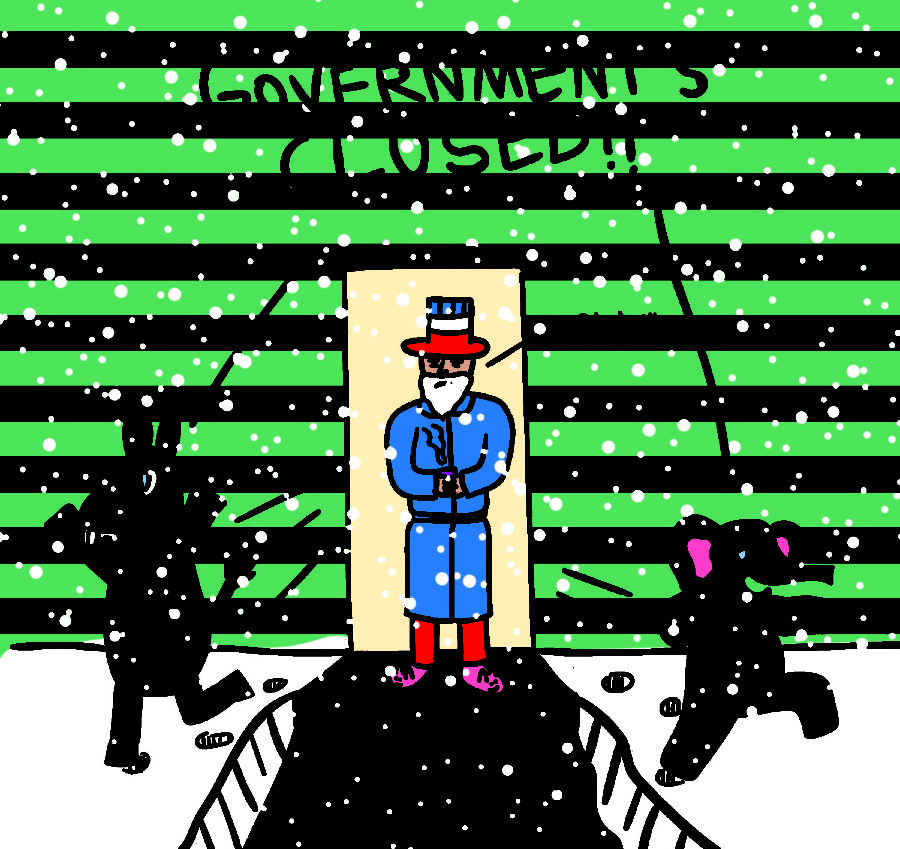Government shutdown sets record
On Dec. 22, 2018, the United States government shut down following a dispute regarding President Trump’s plan for a wall along the southern border. On January 12, the government shutdown became the longest in history. On Jan. 25, following 35 days of stalemate, Trump agreed to reopen the government temporarily until Feb. 15.
What is a Government Shutdown?
Every year, Congress must pass 12 spending bills for discretionary federal services, such as national parks and museums, the TSA, NASA, and other government programs. If the government fails to reach an agreement on one or more of the bills, the government goes into shutdown mode. In this latest case, the Congress and the President could not agree on how much money to allocate to the Security at the U.S./Mexico Border. The typical annual budget is about $1 billion, however Trump is requesting $5 billion this year in order to pay for the border wall.
History of Recent Government Shutdowns
1990: Government shuts down following then-president George H.W. Bush’s disapproval of the tax increases contained within a deficit reduction package. This is the first government shutdown in U.S. history to actually close government services.
1995-1996: Government shuts down twice over a series of disagreements between Democratic President Bill Clinton and a Republican-majority Congress over education, healthcare, and the environment.
2013: Government shuts down after a disagreement between a Republican-led House and a Democrat-led Senate over whether or not then-President Obama’s Affordable Care Act (“Obamacare”) should receive funding.
2018: Government shuts down after a spending bill failed pass in the senate, due to its inability to provide funding for DACA.
2018-2019: (The Current Shutdown) Longest Shutdown in recorded history, December 22-present
Who is Affected by the Current Government Shutdown?
Currently, over 300,000 federal employees have been sent home due to the shutdown, and more than 400,000 federal employees are currently working without pay. The government shutdown has put the following services on hiatus until an agreement has been reached:
-National Parks
-National Museums (Smithsonian, etc.)
-Department of Homeland Security
-Department of Commerce
-Department of Agriculture
-Department of Housing and Urban Development
-Department of State
-Department of Transportation
-Department of Justice
-Department of the Interior
-The Food and Drug Administration (FDA)
-The Transportation Security Administration (TSA)
-Supplemental Nutrition Assistance Program (Food Stamps)
Lincoln’s Student Government Weighs in
According to Lincoln’s Student Body Co-President Caitlyn Aldersea, shutdowns are not an issue in the school’s government. “ASB has not, to my knowledge, experienced a shutdown,” says Aldersea. “There have been times when ideas from either our time or previous presidents have been denied [vetoed], however that is vastly different than the current state of our federal government.”

